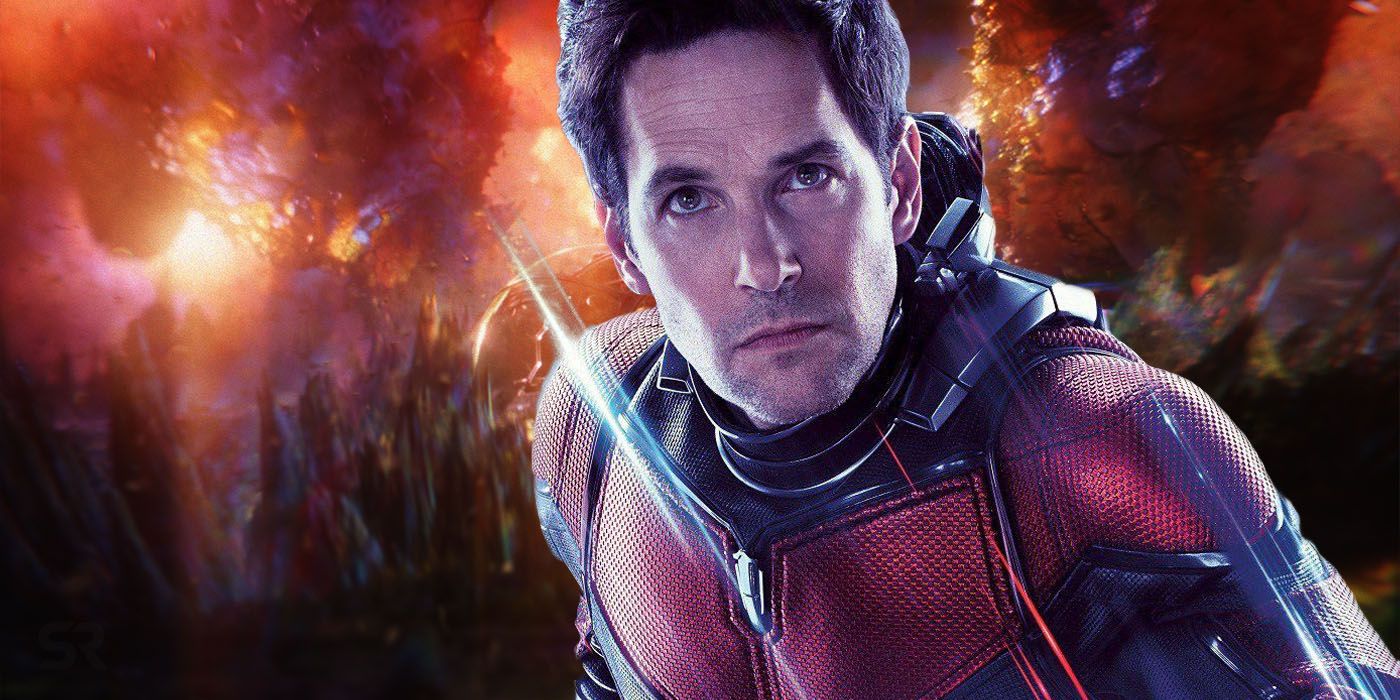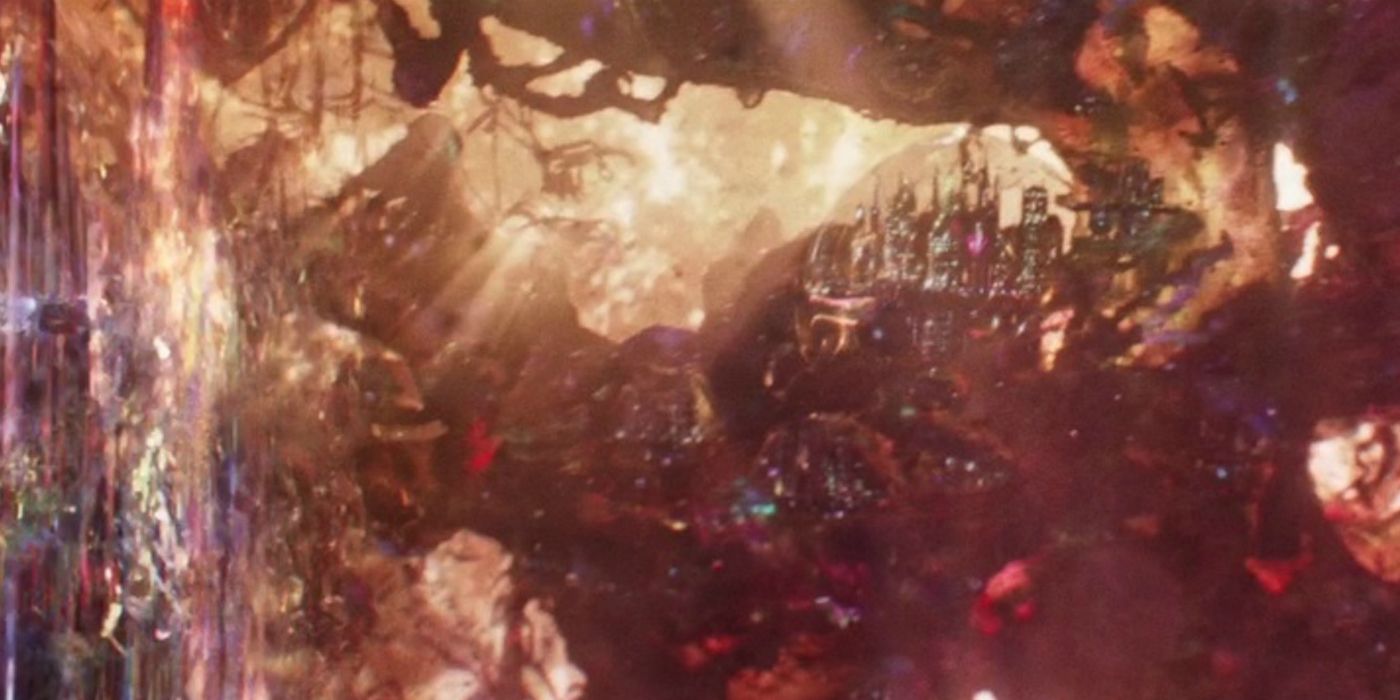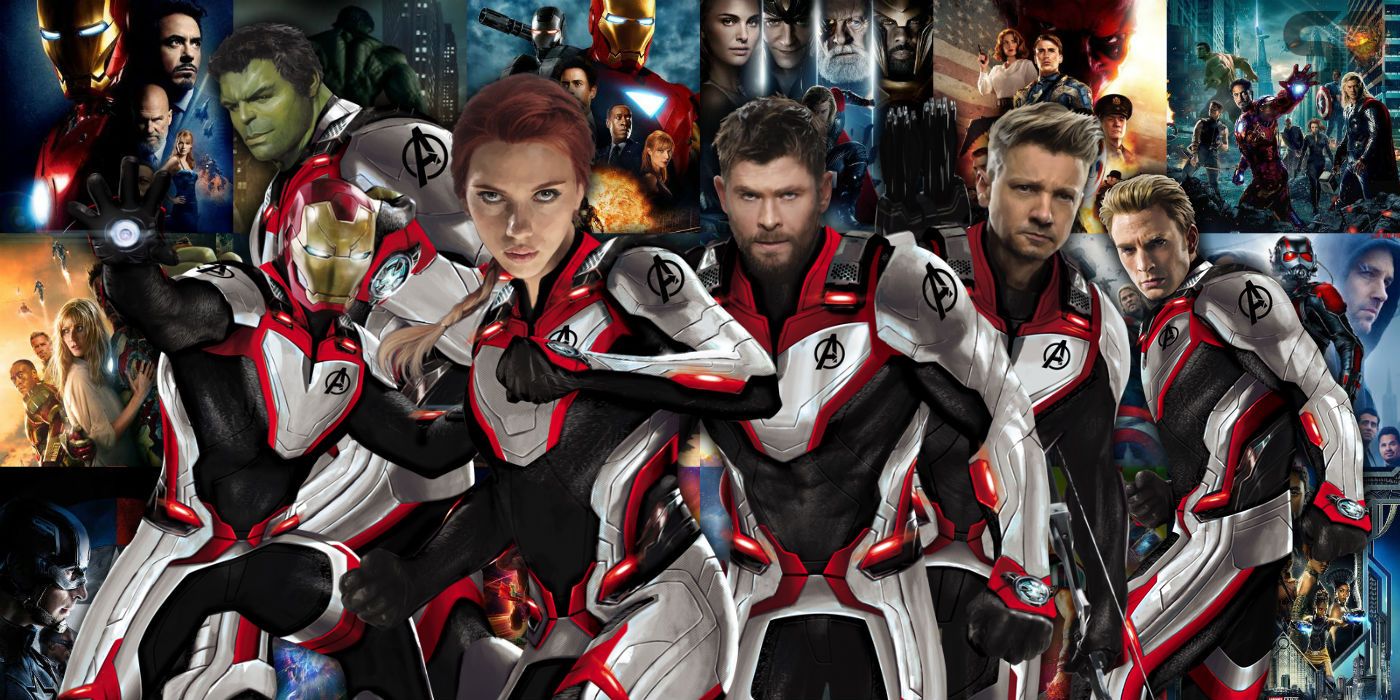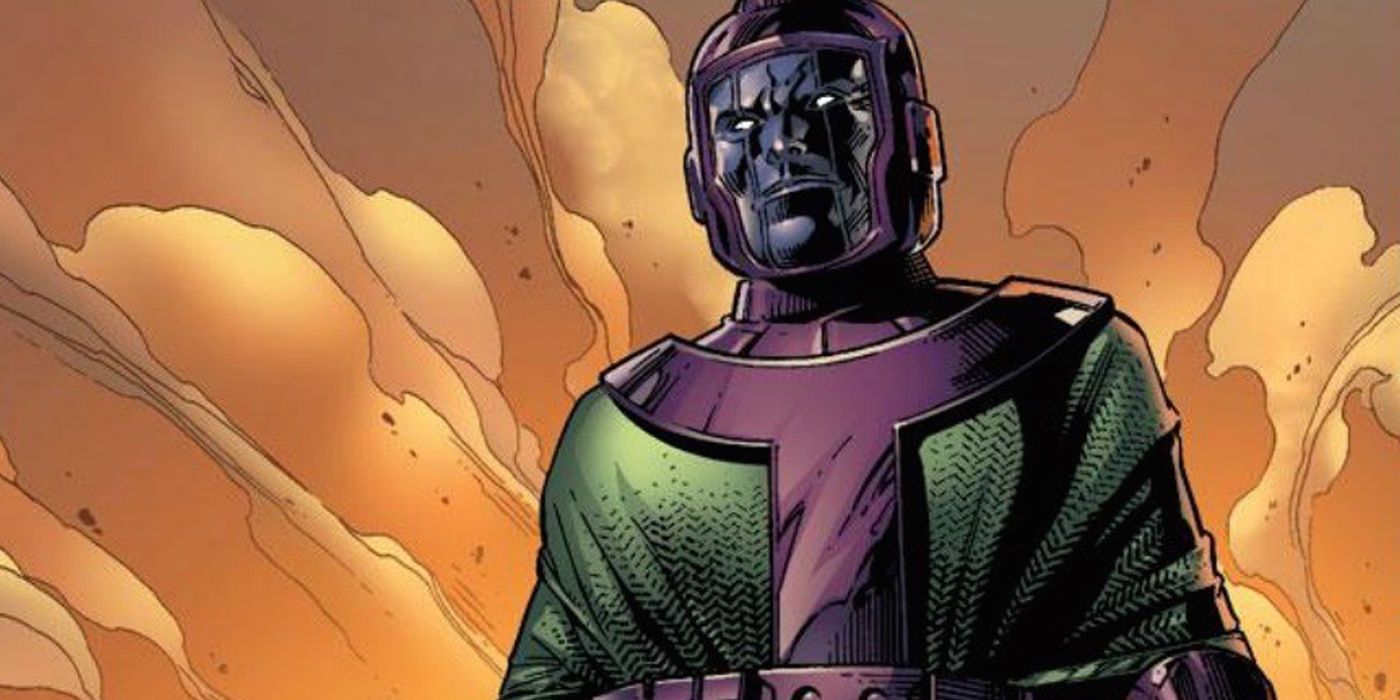The Quantum Realm could be crucial to the future of the Marvel Cinematic Universe. Introduced in the first Ant-Man film, the Quantum Realm is essentially the brainchild of Dr. Spiros Michalakis, a quantum physicist recruited by Marvel back in 2014. As he reflected in a blog post, Michalakis was brought in as a consultant to help the studio work out the pseudo-science behind Ant-Man. He actually drew upon real-world principles of quantum mechanics, where the laws of time and space are indeed believed to break down at a subatomic level.
The Quantum Realm acts as a substitute for two planes of reality in the comics, the Microverse and a realm known as Limbo. The Microverse is a subatomic reality inhabited by countless alien races, but Marvel Studios can't legally use that name due to its connection to the Micronauts; and Limbo is a mysterious dimension that exists outside the normal rules of space-time, with any time traveler passing through it briefly. It's not hard to see the parallels between the Quantum Realm and these two comic book concepts, which have been blended together quite neatly.
The Quantum Realm has played an important role in Ant-Man, Ant-Man & the Wasp, and most recently Avengers: Endgame; in spite of that fact, though, it's currently pretty much unexplored. Concept art confirms that Marvel toyed with so many different ideas for the Quantum Realm in Ant-Man & the Wasp; alien species and civilizations, even a nexus of memories that exists in the Quantum Realm, through which people could peer into the past. And yet, none of these concepts made it to the big screen. As it stands, the Quantum Realm may have been essential to the overarching narrative of the MCU, but it's still a massive missed opportunity. How could it be used going forward?
The Quantum Realm Is Inhabited
Marvel has always intended the Quantum Realm to be inhabited, and one deleted scene for Ant-Man & the Wasp actually saw Hank Pym and Janet Van Dyne interact with an alien being. That was sadly cut, but there's still a blink-and-you'll-miss-it shot of an actual alien civilization when Hank and Janet exit the Quantum Realm. They fly right past a mysterious city, covered by some kind of atmospheric dome. It was only on the screen for a split-second, almost hidden by the psychedelic special effects of the Quantum Realm, but it was definitely there - confirming that the Quantum Realm is indeed inhabited.
Comic book readers have pored through their comics attempting to work out where this city is supposed to be, and the closest visual match is Chronopolis, the home of Kang the Conqueror. Chronopolis is situated in Limbo, and can allow access to all the various time-periods Kang has conquered. Each block of Chronopolis extends to the ends of the Earth in the time-period it exists in; unless you find the hidden portals connecting the different blocks, it's possible to get lost in Chronopolis forever. The more primitive time-periods are on the outskirts, the more advanced towards the center, and Chronopolis is dominated by Kang's Citadel. Very few comics have ever shown Chronopolis from the outside - the focus is usually on the Citadel itself - but the few that have done so have shown a city that appears to match with Ant-Man & the Wasp.
Another popular theory is that it could be the Starlight Citadel, a tower of infinite portals to different dimensions. In the comics, the Starlight Citadel is the headquarters of the Captain Britain Corps, who police the Multiverse. For several years, there have been unconfirmed rumors that Marvel is working on a Captain Britain film, culminating in reports that Marvel were considering a Captain Britain and the Black Knight movie to be helmed by Guy Ritchie. Avengers: Endgame name-dropped a S.H.I.E.L.D. asset named "Braddock" back in the '70s, the family name of Captain Britain, and clips from Spider-Man: Far From Home have shown Mysterio claiming to come from a reality that's associated with the Captain Britain Corps in the comics. It's entirely possible Marvel is setting something up here, and the Quantum Realm could be reinvented as the Captain Britain Corps' base of operations.
The Quantum Realm Opens Up The Multiverse
The Quantum Realm opens up the possibility of instantaneous travel across the entire Multiverse. As revealed in Avengers: Endgame, it's possible to use the Quantum Realm to travel back through time, or even to visit alternate timelines. Tony Stark may have died, but it's clear the Avengers still know how to use his temporal compass technology to navigate the Quantum Realm, meaning anything is possible going forwards.
This has the potential to breathe new life into the Ant-Man franchise. Although Marvel has seemed content with the lighthearted superhero family flicks, they're hardly among the MCU's best-performing movies. Ant-Man & the Wasp grossed just $216 million in the domestic box office, making it the worst-performing movie in the entire MCU Phase 3 slate, and it performed on par with Phase 1 films from before Marvel Studios became established as a cinematic juggernaut. But it's only possible to travel through the Multiverse if you have possession of Pym Particles, and that means Hank Pym has to be involved in any future Quantum Realm stories. It's possible the Ant-Man franchise could broaden out, with Hank Pym and Janet Van Dyne aiming to explore the nature of time and space itself.
The Quantum Realm Empowers People To Access The Multiverse
Supporting this theory, Ant-Man & the Wasp subtly tied two of its characters to the Multiverse by exposure to the Quantum Realm. One scene featured a lecture by Bill Foster, brought to an early end when he realized Hank Pym had settled at the back of his class. It was easy to miss, but Foster's lecture explained Ghost's powers. He'd been working with Ghost for years, and his theories evidently came from his studies of her abilities. "Particles co-exist in a stable phase relationship," he explained to his class. "If the system is interfered with, that stability becomes chaos. Unpredictable. Dangerous. Beautiful. Isolated completely, a quantum system would revert back to separate states of matter. Each entangled with a distinct state of its environment. In other words... The object in question would be both in and out of phase with multiple parallel realities." That's why Ghost's movements were strange and jerky; she was traversing the Multiverse, albeit only shifting between alternate timelines that are very close to the mainstream MCU.
Janet Van Dyne, too, seems to have some sort of connection to the Multiverse. According to Janet, the decades she'd spent in the Quantum Realm had changed her. "I'm not the same woman I was 30 years ago, Henry," she told Hank. "This place... It changes you. And adaptation is part of it, but some of it is... Evolution." Janet was able to stabilize Ghost's condition with a touch, and although the effect was temporary, it hints that she too has a Multiversal aspect to her powerset now.
All this raises the question of whether or not the Avengers, too, have been changed as a result of their time travel. Although they didn't spend as much time in the Quantum Realm as Janet, the fact remains that Tony Stark was a lot less familiar with this environment than Hank Pym. There's no reason to assume those Quantum Realm suits necessarily protected them from all the energies of the Quantum Realm.
The Quantum Realm Could Lead To Kang The Conqueror
Finally, Avengers: Endgame's use of time travel sets up the introduction of a classic Marvel villain, Kang the Conqueror. Kang is one of the Avengers' most formidable foes, a time traveler from the future who has made his base in the realm of Limbo, and from that timeless reality aims to conquer all of time and space. As noted, the Quantum Realm is clearly the MCU analogue for Limbo, and indeed the mysterious city glimpsed in Ant-Man & the Wasp corresponds visually with Kang's home of Chronopolis.
It's doubtful that Marvel will rush to introduce Kang, though. Like Thanos, he's one of the most powerful forces in Marvel Comics, and frankly it's not hard to imagine Marvel Studios making him the overarching villain of a future saga. Just as Thanos dominated the Infinity Saga, so Kang has the potential to dominate future phases. But Avengers: Endgame - with its use of time travel, its clear parallels to Limbo technology in the comics, and even its model of alternate timelines - seems like effective foreshadowing. Marvel has the next five years planned out in detail, with a general plan that extends a lot further, and it's reasonable to assume that Kang is a part of it.






